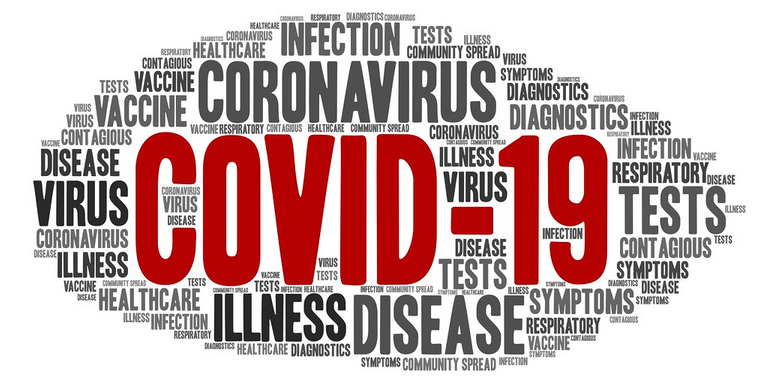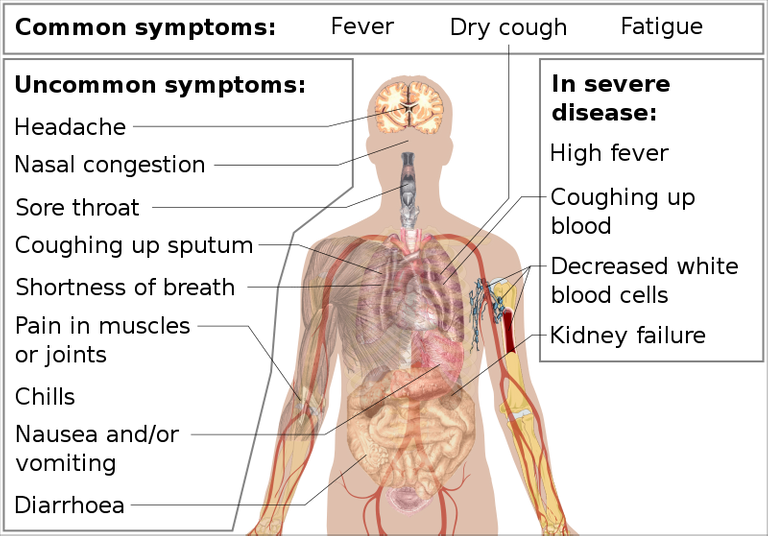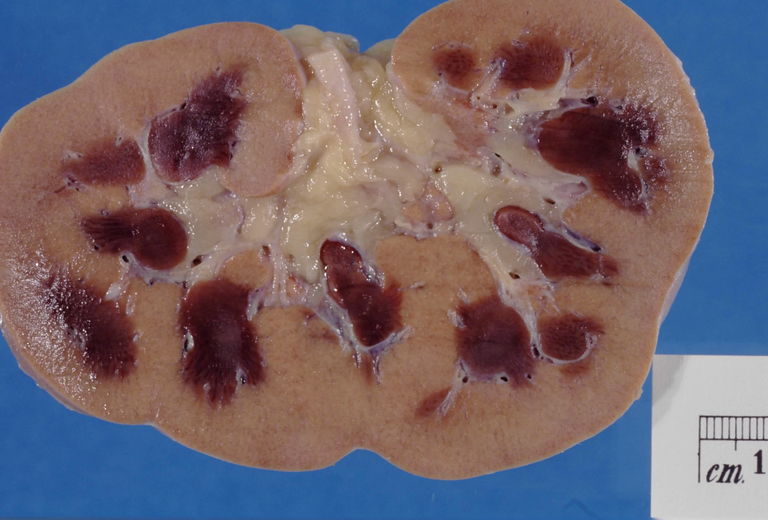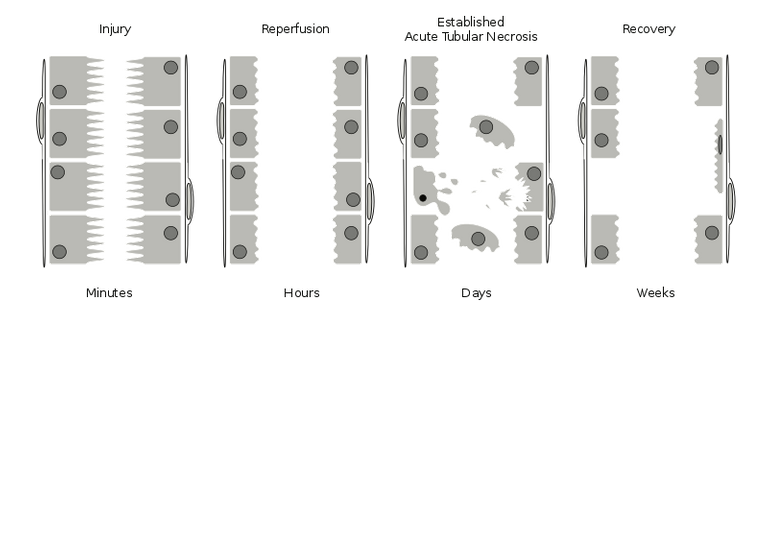SARS-COV-2 and KIDNEY INJURY

Source
We have already talked in this post about the damages that the SARS-COV-2 can cause to the heart and more generally to the cardio-circulatory system.
We also know that the lungs are the main target and that the resulting disease is interstitial pneumonia, but we are beginning to realize in a truly structured way that many other organs can also suffer consequences and be compromised.
It must be said first of all that the virus is different from all other pathogens precisely for this reason: it's a systemic disease. Science magazine explains that it can attack almost anything in the body with devastating consequences. Its range of action is much more extensive than the heart and lungs, it makes its way inside the body, also damaging blood vessels, kidneys, intestine, eyes and brain.

Source
Today we try to understand how and with what consequences the most dangerous kidney complications can develop.
RISKS IN DIALYZED PATIENTS
We know very well that people who are immunosuppressed or with chronic diseases are more exposed to complications and fragile in their resistance to the virus attack. The same principle applies to those who are dialyzed or kidney transplanted: these patients live with a higher risk that the disease will evolve towards more serious stages.

Source
In Italy, there are 27,000 kidney transplant patients and around 45,000 people suffer from chronic kidney failure.
Many of these people are older, as well as additional risk factors, such as diabetes and heart disease. This exposes them to an even higher chance of severely contracting the virus.
Moreover, there is also a logistical-organizational problem which further complicates the situation. These people, in fact, are forced to undergo dialysis at least three times a week and have a sort of special permit to be able to go out and reach the hospitals or clinics where they can carry out the therapy. The problem is that very often they are transported together in the same vehicle and spend 3 to 5 hours in the same room. The risk of contagion is truly concrete. An example is that of Nursing Homes in Northern Italy, places where mass infections occurred and lethality was between 80% and 90%. A similar situation also appears to have occurred in France, as emerged from the comments written to my previous post by my friend @lemouth.
About this, an article has been published on Jama, in which the theme of contagion among patients undergoing hemodialysis is treated and deepened. Possible solutions to the problem are also analyzed. Home treatment could be the most effective, a measure that could drastically decrease the risk of contagion in this segment of the population, but also a practice that is difficult to implement, especially for bureaucratic reasons.
KIDNEY DAMAGE CAUSED BY SARS-COV-2

A Kidney in Acute Cortical Necrosis Source
Coronavirus, however, is also capable of affecting kidneys that, until before the infection, were in good health.
Dr. Claudio Cricelli, President of SIMG, said that from the autopsies conducted so far, it was found that a third of the deaths occurred due to acute kidney injury.
Even before this statistic, Chinese research has shown that 27% of patients infected with coronavirus have developed acute renal failure. Most of these are elderly and also affected by other pathologies, especially cardiac (atrial hypertension, heart failure) but their kidneys functioned properly.
We have already seen (in one of my previous post) that the virus causes an increase in blood microcoagulation in different organs. And in some cases, this phenomenon can cause kidney blockage. In fact, AIFA has authorized the use of enoxaparin, a drug used to treat vascular diseases that tend to form thrombi and emboli. The cause of kidney damage could be found in the "storm" that alters the blood clotting process. In addition, the role of the famous ACE2 receptors is very important, as some studies have hypothesized their role as a "carrier" of the virus inside the cells.
And the fact that they are also found at the renal level suggests a similar action in the "filters" of our body.
Each kidney contains around 800,000 nephrons. These microscopic distillation units have two main components:
- a filter to clean the blood
- small tubules that return "useful" parts to the body and dispose of "waste" in the form of urine
The renal tubules are the parts most affected by the Sars-Cov-2 virus and a WHO research reveals that even in the case of Sars, inflammations in the renal tubules had been detected.

Since the kidneys continually filter the blood, it can happen that the tubular cells trap the virus without suffering serious damage. If the virus penetrates the cells and begins to replicate, however, the situation becomes very critical.
Another reason for possible deterioration of the renal filtering system is given by the toxicity of the drugs with which Covid-19 patients are treated. Especially antibiotics, cortisones and anti-inflammatories are very heavy for the kidneys to dispose of.
For this reason, diuretic therapy (expecially Loop type) is increasingly used as a support which, in addition to performing an anti-hypertensive function, increase the volume of urine by reducing the reabsorption of sodium and water in the various levels of the nephron.


Thanks to all of you for reading, I hope you found the post interesting.
See you at the next episode
I await, as always, your observations in the comments section
GM
Sources
- https://www.fondazioneveronesi.it/magazine/articoli/cardiologia/covid-19-lascia-il-segno-anche-su-cuore-reni-fegato-e-cervello
- https://www.dottnet.it/articolo/30655/covid-19-invade-l-organismo-dai-polmoni-ai-reni-fino-a-occhi-e-cervello
- https://www.my-personaltrainer.it/farmacologia/farmaci-diuretici-73.html
- https://en.wikipedia.org/wiki/Acute_kidney_injury
- https://jamanetwork.com/journals/jama/fullarticle/2764821

That is an interesting reading too. Indeed, this virus seems to make the situation complicated for anyone suffering from something else... Bad kidneys being one example among others, I guess.
And actually in Quebec too (my in-laws live there)!
By now, this has been defined as a nosocomial virus...positive aspect to be able circumscribing the environment of contagion, very negative for sick and elderly people. Let's resist! We'll make it 💪
Thanks for reading ✌️
Not always the elders... not always... This is IMO something on which one does not insist enough!
Yes, absolutely 👌
Thanks for your contribution to the STEMsocial community. Feel free to join us on discord to get to know the rest of us!
Please consider supporting our funding proposal, approving our witness (@stem.witness) or delegating to the @steemstem account (for some ROI).
Please consider using the STEMsocial app app and including @steemstem as a beneficiary to get a stronger support.